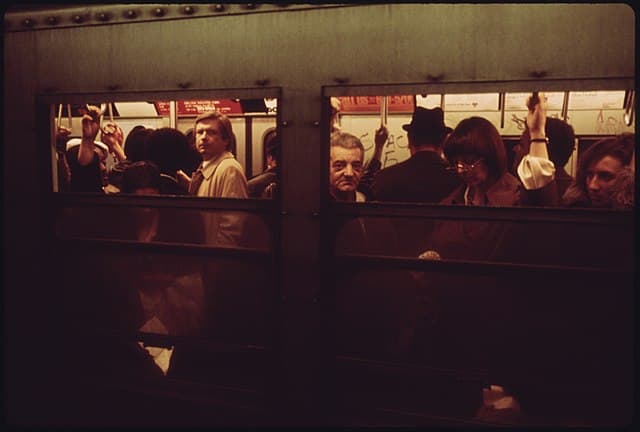Time for an Underground Revolution
New Yorkers once loved their subways — when they were run by private companies bent on making a profit.

“The Metropolitan Transportation Authority,” New York’s comptroller, Thomas DiNapoli, has warned, “is facing its greatest challenge in decades.” Riders “are abandoning the system for other transportation alternatives.”
How about trying the formula used during the subways’ glory days? Send government enterprise to the ash heap of history — and take us back to the glory days of subways, when they were run by private companies bent on making a profit.
It would be hard to imagine private enterprise making more of a debacle than the government has made of our subways. They are a a scandal and have been for decades, but pols either don’t know, or don’t want you to know, that they were once great.
The first commercial lines, opened at lower Manhattan in 1904, were a success. That’s no secret. Peter Derrick told the history 20 years ago in “Tunneling to the Future: The Story of the Great Subway Expansion That Saved New York.”
He relates how subways helped New York City. They reduced overcrowding. They moved people out of unhealthy parts of lower Manhattan to better neighborhoods while keeping jobs in Manhattan. New Yorkers were “proud” of their subways.
That point is made by Robert Caro in his biography of builder Robert Moses, “The Power Broker.” The first subways also did something subway experts today claim is impossible: They made money.
Although the New York City subways were never privately owned, private transportation companies operated under a franchise contract with the city for the first 36 years of the subways. Call it a form of public-private partnership.
The best of the private transportation companies, the Interborough Rapid Transit Company, generated strong profits over the first 20 years of the system. From its beginning in 1904, through the 1920s, it made both riders and investors happy.
In the IRT’s 1917 annual report, the transportation company reported net income of $23.2 million. That was an increase of about $1.5 million over the previous year. It reported paying out some $7 million in dividends.
Private operators even managed to remain in the black into the 1920s, with World War I inflation and subsequent price controls squeezing profits. Price controls meant the fare was never raised above a nickel.
Under the IRT, the nickel fare was a matter of faith to New York’s governing class into the 1930s. “Occasional attempts to raise it to dime repeatedly failed,” writes H. Paul Jeffers, author of “The Napoleon of New York,” a biography of Mayor La Guardia.
Eventually, the price controls took their toll. Subways started to lose money in the 1930s and filed for bankruptcy. Service declined and private management companies left the business. Price controls, enforced on private subway management, had destroyed the system.
In 1940, the management companies sold to the city. “The City of New York has set a pattern for the nationalizing of the railroads of the country,” wrote journalist Frank Chodorov.
“A regulatory body,” he continued, “with power to fix rates and compel unprofitable operation, squeezes the business into bankruptcy, so that the owners are quite willing to sell their property to the taxpayers, and bureaucracy improves its position.”
Amtrak’s birth was still decades away. Mr. Caro wrote of the subways faltering in the 1950s and 1960s: “So superbly engineered and maintained had the system previously been that it took years for the systematic neglect to take its toll.”
Even New York’s ruling class, rarely spotted on the E train, agrees that government-run subways have been a failure. “There is no question our subways are in crisis after decades of underinvestment and inaction,” writes a former city comptroller, Scott Stringer.
Riders are frustrated, Mr. Stringer says, noting poor subway service hurts the area’s economy. Losses range “from $170 million to $389 million” a year. Which politician will lead the way back to the future?

